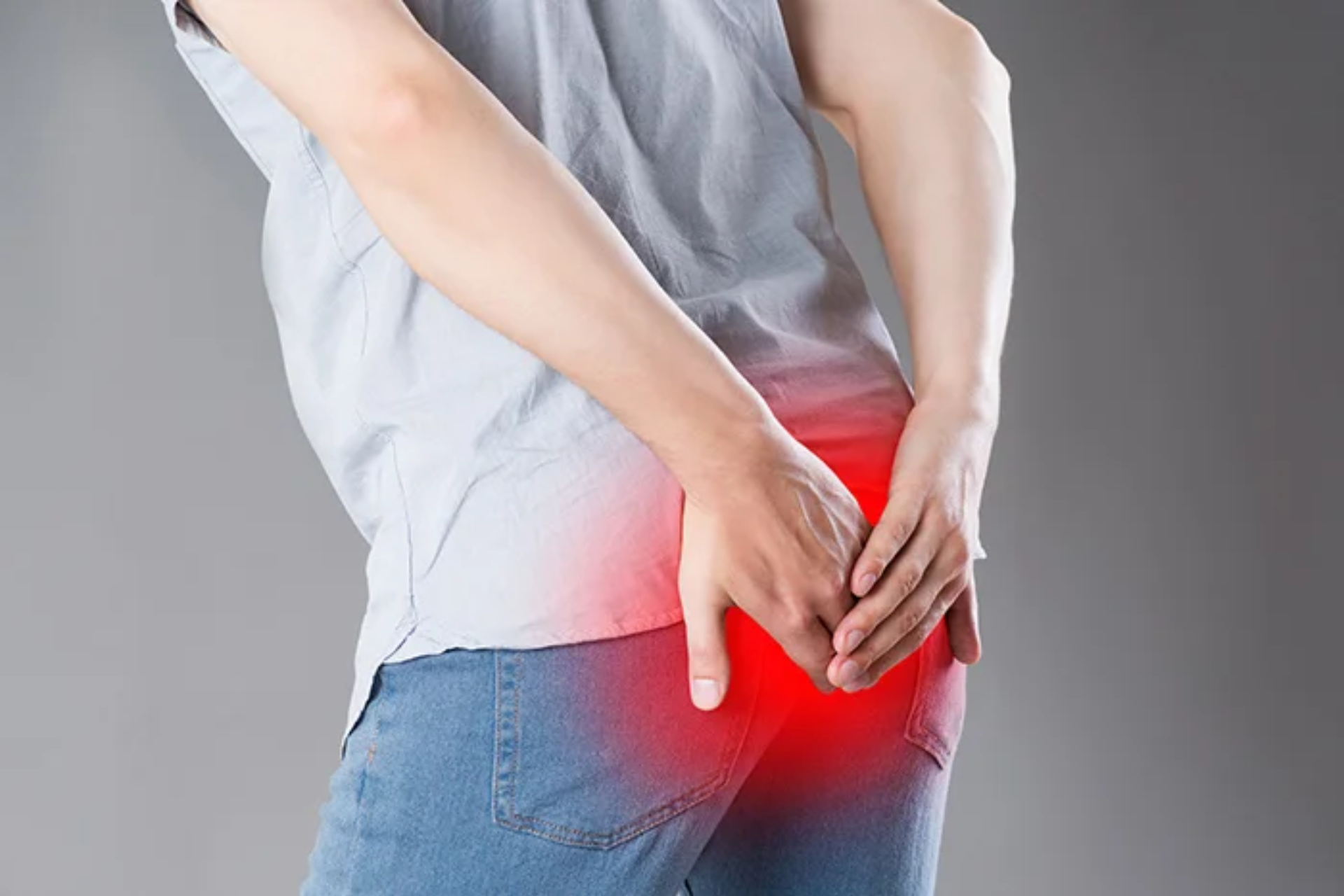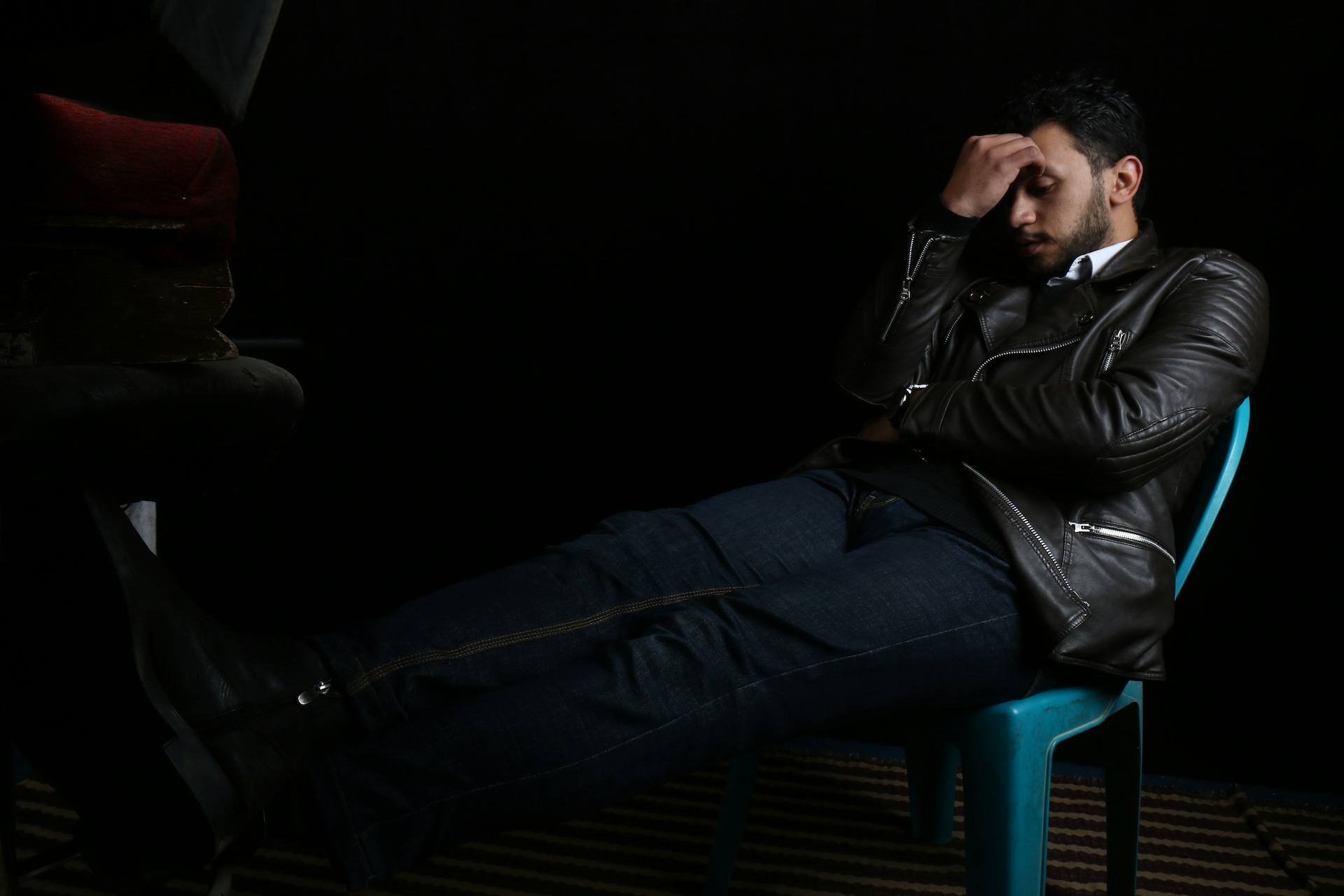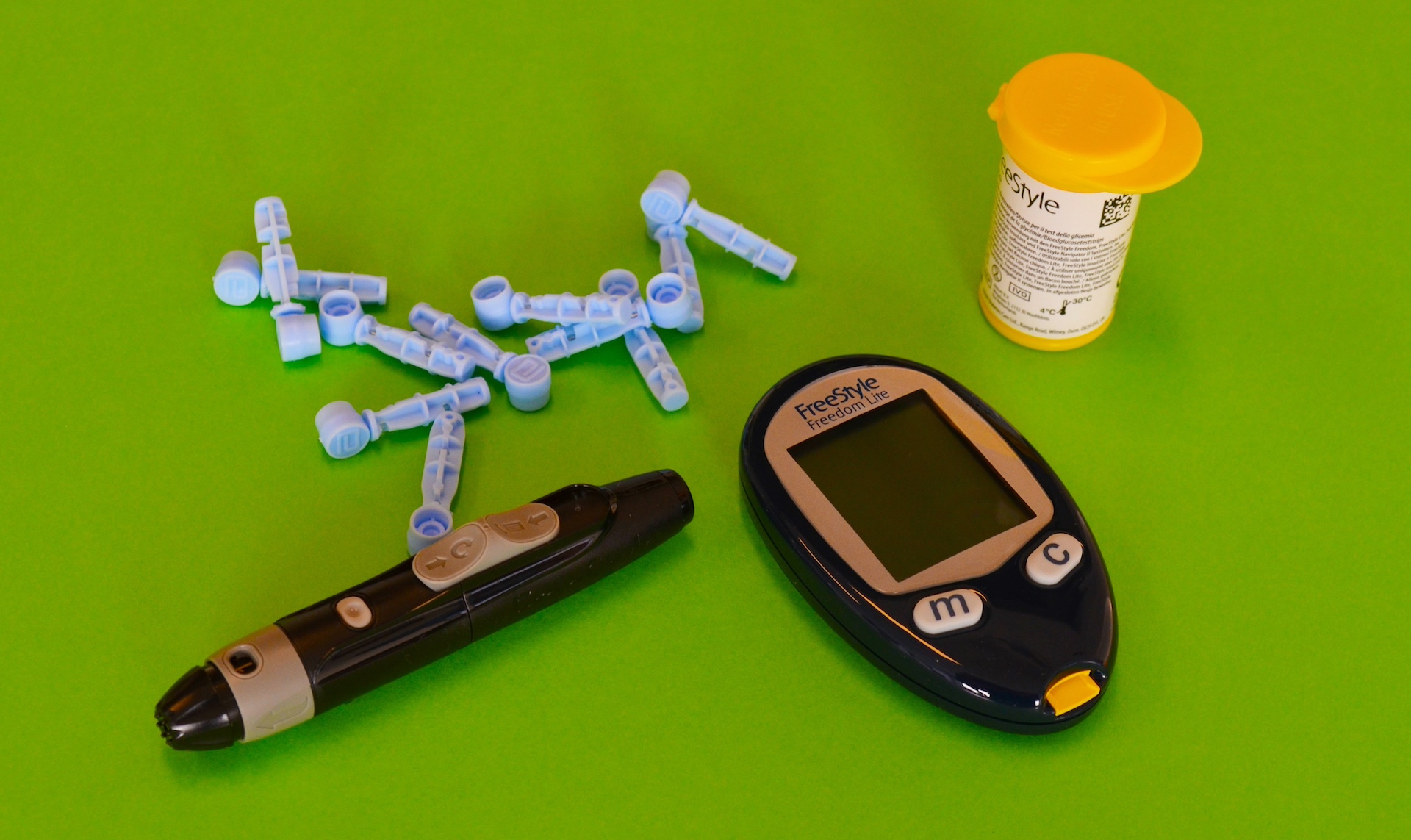Can Piles Be Treated Without Surgery?
Can Piles Be Treated Without Surgery?
Many people facing the discomfort of piles (also known as haemorrhoids) worry that surgery is their only path to relief. Our specialist at Chellaram Diabetes & Multispecialty Hospital Pune, reassure you that most cases can be successfully managed without surgery. Through evidence-based, non-surgical treatments, I have helped many individuals recover comfort and quality of life. With proper guidance and care, you can find lasting relief from your symptoms.
Understanding Piles
Piles are swollen veins in and around the anus, much like varicose veins you might see on legs. These can be internal (inside the anal canal) or external (around the anus). Piles are classified based on their severity, ranging from mild irritation to more serious prolapse.
Internal piles are located inside the rectum and often cause painless bleeding or the sensation that the bowel is not completely empty after a movement.
External piles are under the skin around the anus and are more likely to cause pain, swelling, and itching due to their sensitive location.
Piles are very common—about half of all adults will experience symptoms by the age of 50. Early recognition and treatment can prevent complications and may reduce or eliminate the need for surgery.
Recognising Symptoms and When to Seek Help?
Symptoms of mild piles include itching, bright red blood on toilet paper, and a feeling of fullness near the anus. More severe cases may involve pain, swelling, or a bulge (prolapse) when internal piles push outward.
Prompt medical attention is vital if you experience heavy or persistent bleeding, severe pain, fever, or discharge with your symptoms. These signs can indicate more serious complications requiring urgent evaluation.
Root Causes of Piles
Piles most often result from increased pressure in the rectal and anal veins. Common risk factors include straining during bowel movements, chronic constipation or diarrhea, sitting on the toilet for extended periods, obesity, heavy lifting, and pregnancy. Addressing these underlying causes is crucial for effective treatment and prevention.
How Piles Are Diagnosed?
Diagnosis of piles is typically made with a thorough clinical evaluation. External piles are usually diagnosed by visual examination, while internal piles may require a digital rectal exam or the use of an anoscope—a small instrument to visualize the anal canal. For adults over 50 or anyone exhibiting red-flag symptoms like prolonged bleeding, further testing such as a colonoscopy may be advised to rule out more serious conditions.
Non-Surgical Options for Treating Piles
Fortunately, most piles can be managed effectively without surgery. Here are some of the most reliable approaches:
Lifestyle Modifications
Your daily habits have a direct impact on both the development and management of piles.
- Increase fiber intake: Consuming more fruits, vegetables, whole grains, and legumes helps soften stools and decreases straining.
- Consider a fiber supplement like psyllium or methylcellulose if dietary sources are insufficient.
- Stay well-hydrated, as water is essential for healthy digestion.
- Engage in regular physical activity to support gut health and maintain a healthy weight.
- Practice good toilet habits by avoiding unnecessary straining or prolonged sitting.
At-Home Remedies
Simple home treatments can bring significant relief:
- Sitz baths: Soaking the anal region in warm water for 10–15 minutes several times a day can greatly reduce pain and swelling.
- Cold compresses: Applying cold packs can alleviate swelling and discomfort.
Over-the-Counter Solutions
Many effective OTC treatments are available:
- Topical creams or suppositories with hydrocortisone (to reduce inflammation), witch hazel (for cooling), or lidocaine (for pain relief).
- Oral pain relievers like paracetamol or ibuprofen.
Keep in mind that while these treatments help with symptoms, they do not cure the underlying condition.
Minimally Invasive Procedures
If conservative treatments are insufficient, several minimally invasive procedures can offer excellent results. These treatments are often performed in outpatient settings with minimal discomfort and recovery time.
- Rubber Band Ligation (RBL): A small rubber band is placed around the base of the internal piles, cutting off blood supply so the tissue shrinks and falls off.
- Sclerotherapy: A medicated solution is injected to shrink the piles.
- Infrared Coagulation: Heat is applied to close off the vessels feeding the piles.
- Electrotherapy or Cryotherapy: Techniques that use gentle electrical current or freezing to treat piles.
These options are most effective for grades I–III piles. At Chellaram Diabetes & Multispecialty Hospital Pune, we deliver these treatments using protocols backed by extensive clinical research, consistently achieving high success and patient satisfaction rates.
Advanced Minimally Invasive Techniques
For more advanced or stubborn cases, techniques like Doppler-guided dematerialization or hemorrhoidal artery embolization use targeted technology to block blood flow, leading to significant improvement while avoiding the need for conventional surgery.
When Surgery Is Necessary?
Although non-surgical methods work for most people, some advanced cases do require surgical intervention. Surgery is usually reserved for grade IV piles, those causing severe pain from blood clots (thrombosis), or persistent symptoms that do not improve despite other treatments. Surgical procedures, such as hemorrhoidectomy or stapled hemorrhoidopexy, can be very effective for these challenging cases.
Long-Term Prevention of Piles
Prevention is as important as treatment. Adopting a high‑fiber diet, drinking enough fluids, exercising consistently, and avoiding excess straining or sitting on the toilet can drastically reduce your risk of developing or recurring piles. Maintaining a healthy weight and being cautious when lifting heavy objects also help prevent future problems.
Frequently Asked Questions (FAQs)
1. Can piles go away on their own?
Yes, in mild cases, piles can resolve naturally with home remedies like improving fibre intake and avoiding straining during bowel movements.
2. Are piles a sign of a more serious condition?
Although uncommon, persistent or severe symptoms may indicate other issues like colorectal cancer. It’s best to consult a doctor for proper evaluation.
3. Can sitting for long hours cause piles?
Prolonged sitting, particularly on hard surfaces, can increase pressure on the rectal area, which may contribute to the development of piles.
4. How can I relieve itching caused by piles?
Using over-the-counter creams, sitting in a warm bath (sitz bath), and avoiding perfumed hygiene products can help alleviate itching.
5. Is surgery always required for piles?
No, surgery is typically reserved for severe cases. Most mild to moderate cases can be managed with lifestyle changes, medications, and non-invasive treatments.
Final Thoughts and Next Steps
You do not have to let piles control your life. With the right blend of evidence-based lifestyle changes, home remedies, and minimally invasive treatments, most people can avoid surgery and achieve lasting relief. At Chellaram Diabetes & Multispecialty Hospital Pune, our experienced team provides personalized care rooted in the latest research and best practices.
If you are experiencing symptoms of piles, don't wait. Early diagnosis and treatment make a significant difference. Schedule a consultation with our specialists today to discuss your options and create a treatment plan tailored to your needs. Your comfort, health, and peace of mind are our highest priorities—let us help you regain your quality of life. Book an appointment now or call our expert team to learn more.
Related Blogs
Expertise you can trust: Meet our esteemed doctors who bring exceptional knowledge, compassion, and innovation to provide top-notch care for your health and well-being.










